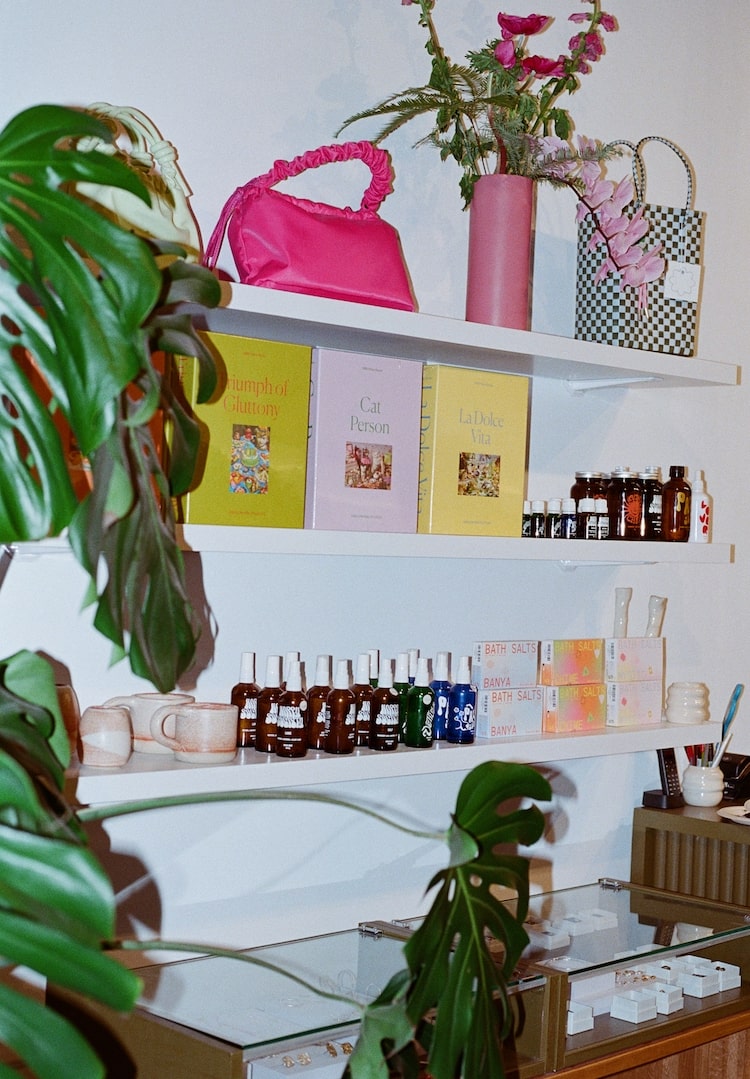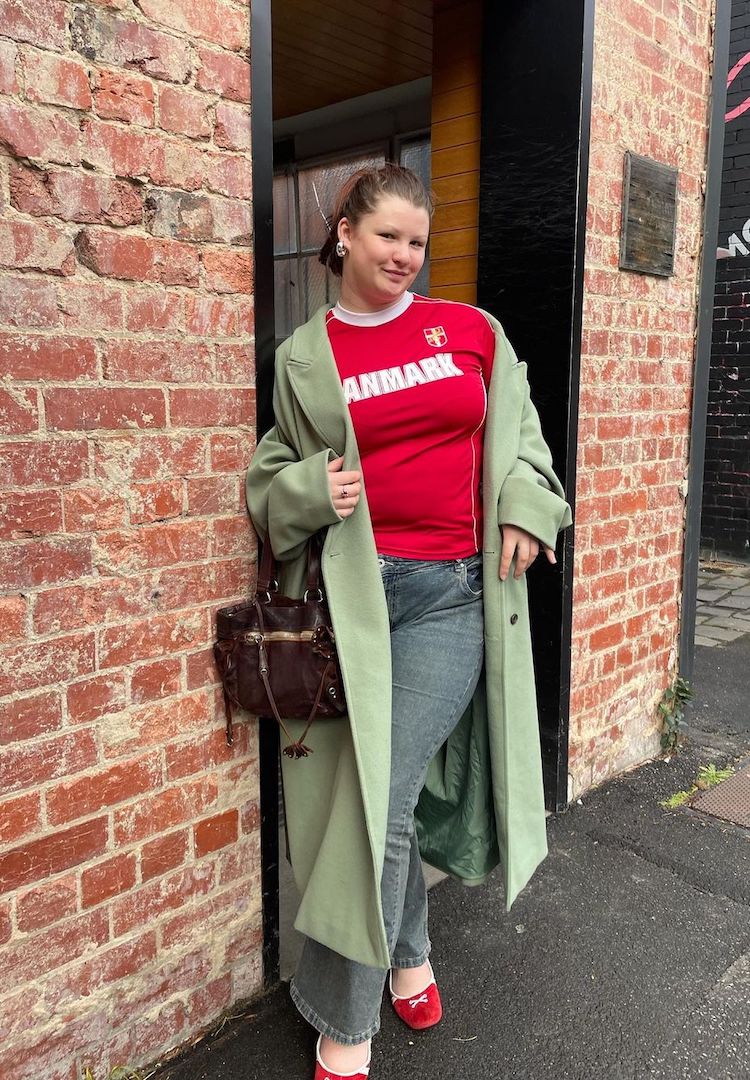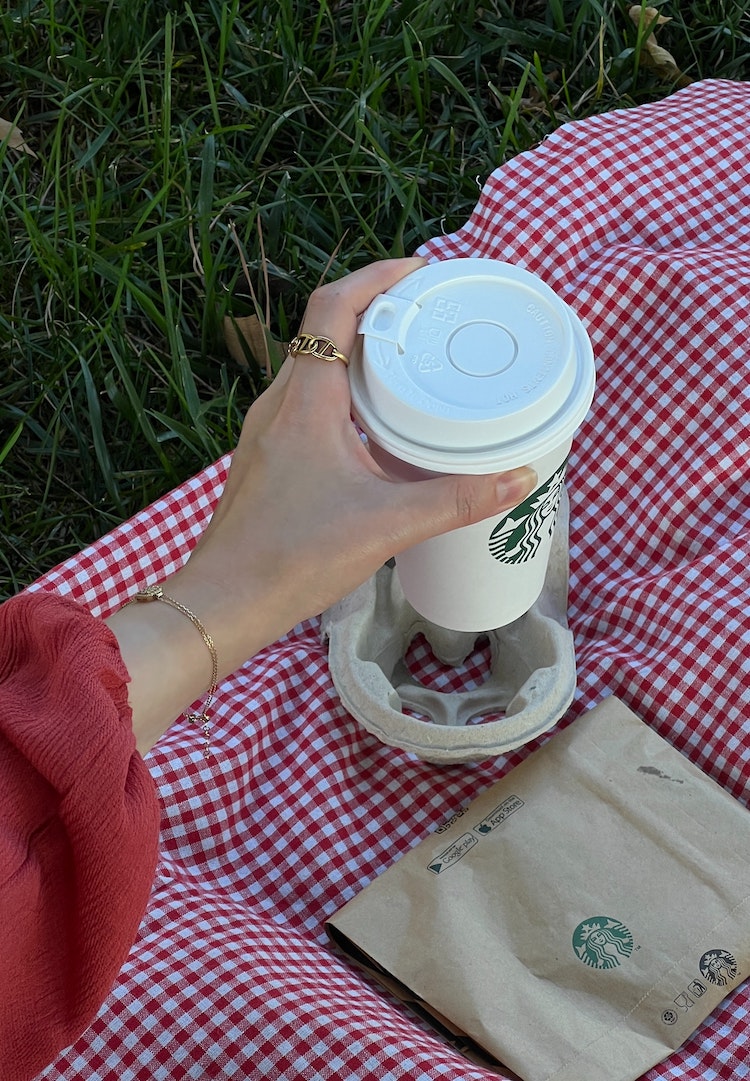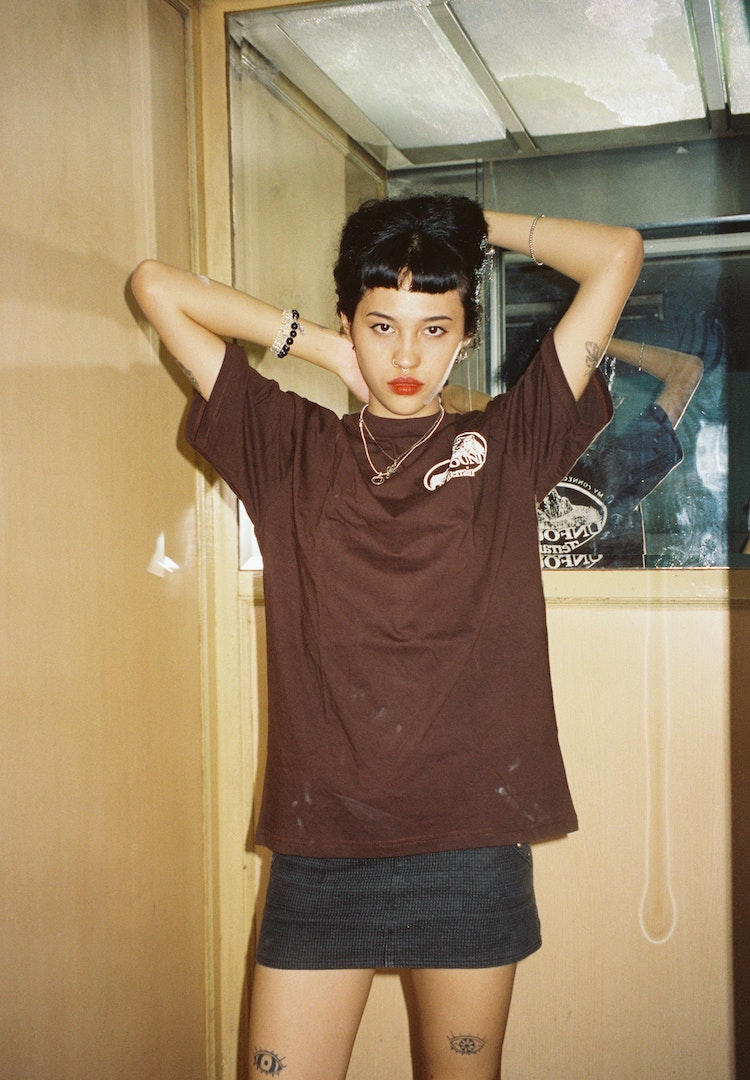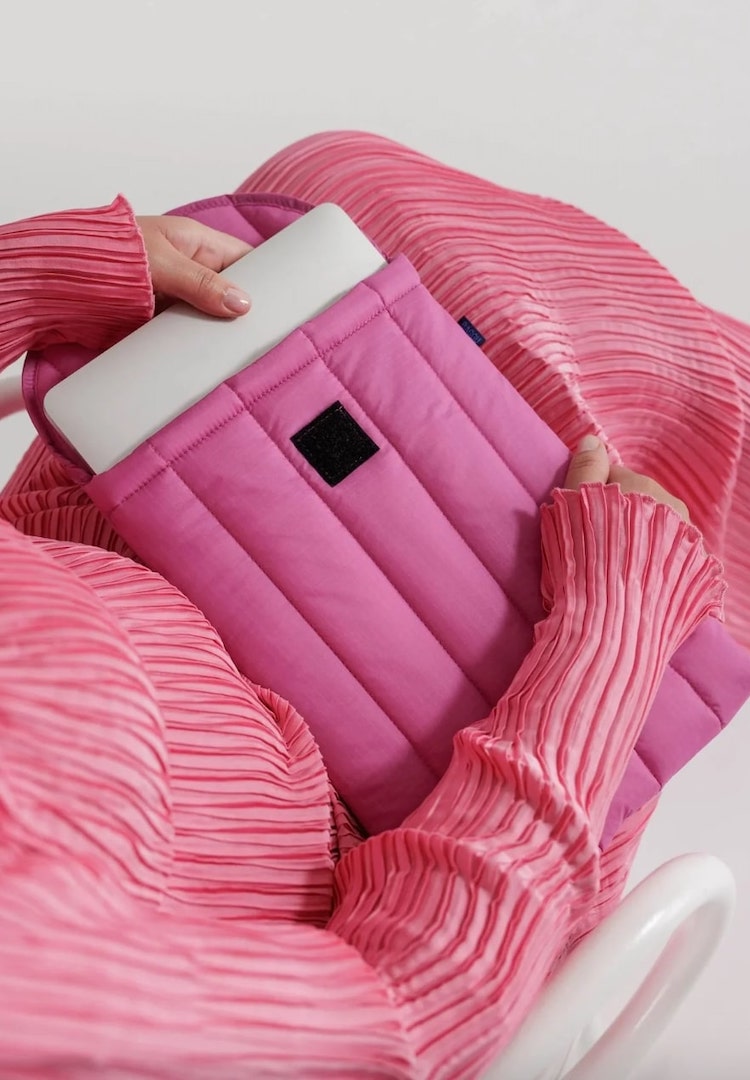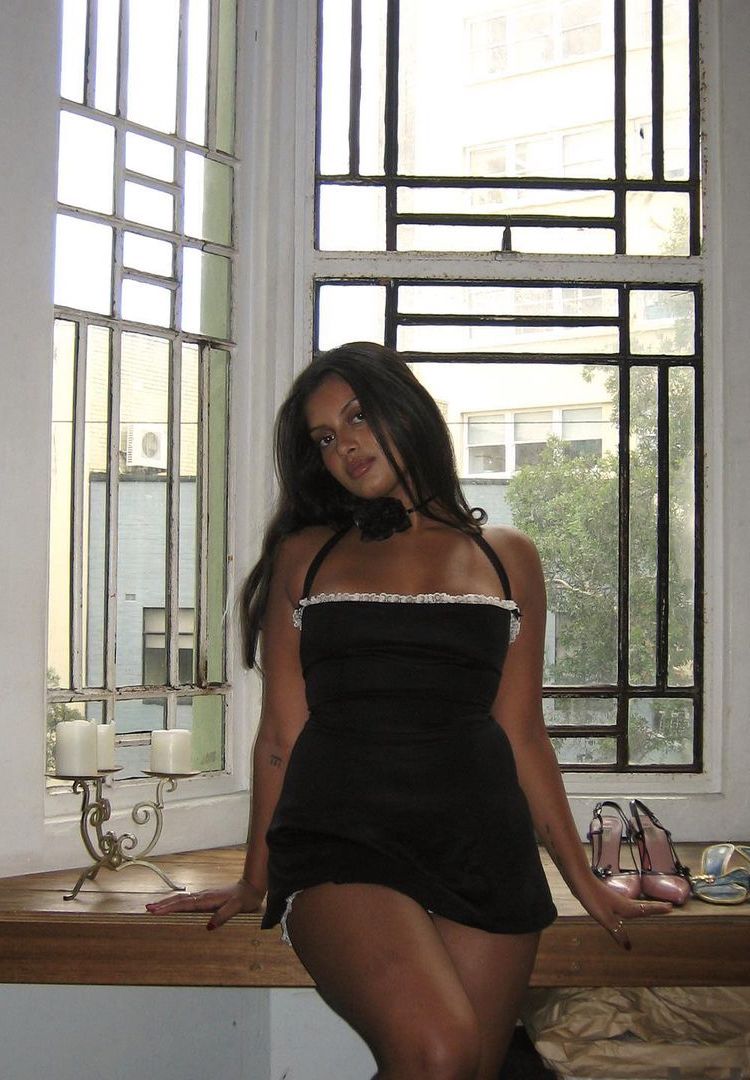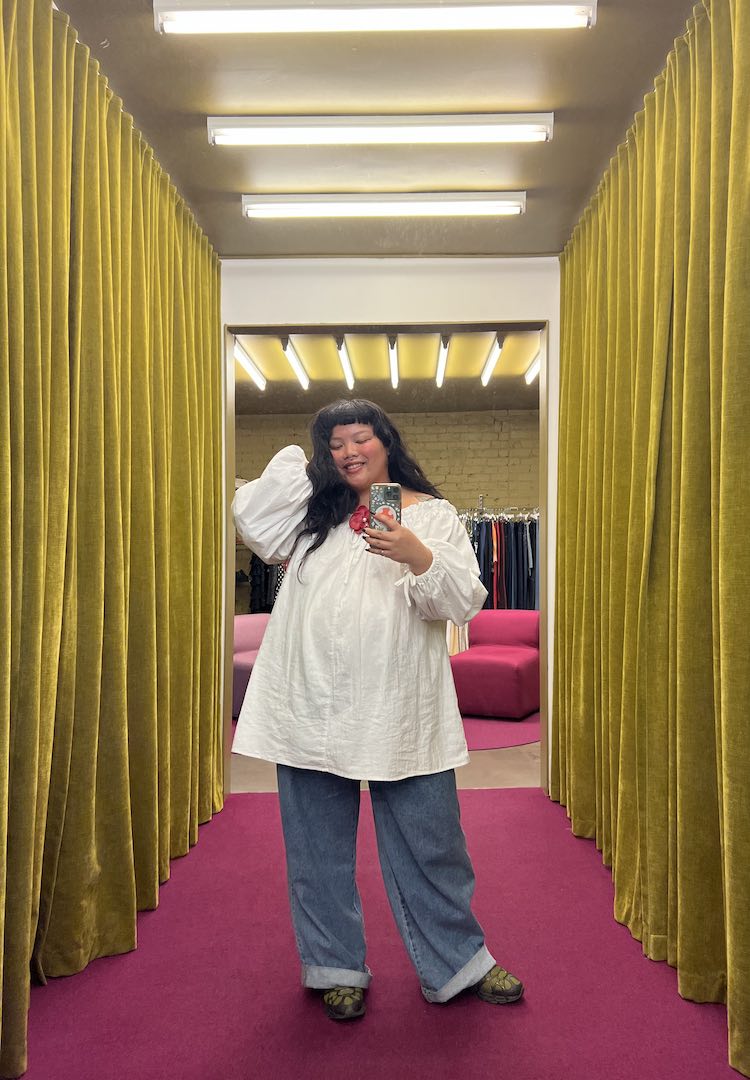I Marie Kondo’d my wardrobe, here’s how it went
WORDS By Tia Harmer
“Many of my clothes didn’t spark joy – I actually feared them. I’ve had a very difficult relationship with my wardrobe over the years.”
Two months ago I booked my flight to London, solidifying the fact that I would be moving to the other side of the world for six months. I was beyond excited, but when I saw the baggage limit I froze. 30 kilos. That was my bag’s weight limit. I panicked. How was I going to fit enough outfits for six months!? I am known among my friends as having an insanely large wardrobe, and my girlfriends often come to my house to ‘shop’ for an event they have coming up.
So when FJ’s Editor Cait Emma Burke emailed me to ask if I wanted to write about the Marie Kondo method (known as the KonMari method), I knew it was a sign. Turning the light on in my walk-in wardrobe had recently become an overwhelming experience. I just had too many clothes, and I knew I had to tackle it head-on.
For more fashion news, shoots, articles and features, head to our Fashion section.
I love Marie Kondo and everything she stands for. My mum ran a very clean and organised household when we were little; she had to because we moved a lot. And not just a few times. Every few years we were packing up and settling down somewhere else.
By the time I was in my twenties, I considered myself a professional packer. But there’s an unfortunate trait I inherited from a long line of travel-loving women in my family; we’re obsessed with clothing and we can’t cull our wardrobes (or suitcases) for the life of us.
So how does the KonMari method work? Firstly, Marie recommends you take out everything – literally, every single item of clothing you own – out of your wardrobe. I recommend getting a friend or family member to help you out if possible. I enlisted the help of my brother. I knew I couldn’t ask one of my girlfriends because we each have very different styles and I didn’t want their perspectives to influence what I kept or got rid of. I also knew they’d encourage me to keep more items than I’d like because, like me, they love clothing.
So I dragged my 19-year-old brother out from the depths of his video game cave to come help me decide what to keep and what to leave. He above all people sees what I wear on a daily basis, and he has zero interest in my closet so I knew he’d be ruthless. Once I dragged everything out I realised that at least 80 per cent of it hadn’t been worn for more than six months. Marie recommends you recall when the last time you wore each item was, but for many pieces, I could barely recall where they came from let alone the last time I wore them.
Does it spark joy?
This question is the backbone of the KonMari method. Your wardrobe needs to be a happy place, for you and your clothes. Many of my clothes didn’t spark joy – I actually feared them. I’ve had a very difficult relationship with my wardrobe over the years.
I knew that certain pants would never fit me again because I’d bought them during a phase where I was underweight, or that a certain shirt belonged to an ex of mine who I still missed but I never wore it. By keeping these clothes in my wardrobe, I was failing to acknowledge that my body wasn’t that size anymore (read: unhealthy) and that I still wasn’t over my previous relationship. It was an overwhelming process, to say the least.
I thanked my clothes before I gently placed them in the ‘to get rid of’ box, as Marie instructed. At some point or another, they had in fact brought me joy. They didn’t deserve to just sit there and collect dust. There were a lot of memories floating around in my wardrobe, so if you try this method for yourself be prepared that it might be emotional. I was not ready for the emotions it dredged up and it hit me like a freight train (to the confusion of my brother).
When I’d finally made it through each section of my wardrobe – the pants, the T-shirts, the dresses etc – I came out the other side with three piles: the keep pile, the fix pile and the leaving pile. The keep pile was filled with all the clothes I knew fit my body; clothes I could put on and feel confident and comfortable in. These were the clothes I was going to take to London.
The fix pile was also coming to London (if it would fit in my suitcase), but I was going to take advantage of the sewing workshops during the upcoming Melbourne Fashion Week to fix them up and bring them back to life. There was also a lot of bleaching that needed to be done to get rid of some old stains from my fake tanning days. The leaving pile was just sitting there staring at me, and it made me so sad to see all these gorgeous clothes that I would never wear.
So now I had two choices: donate or sell. I decided to try and sell them first (London is expensive). I decided to throw a thrift party, also operating as a makeshift going-away party so I could see some of my girlfriends one last time. Suddenly the sad pile was no longer a sad pile. Instead, it was a box of exciting clothes that were ready to be loved and worn by some of my friends who would create their own memories in them.
My thrift party was met with some serious enthusiasm (and some shock – they all know how much I adore my clothes). I’ve decided not to attack any other area of my walk-in wardrobe just yet. My shoes and my jewellery will be culled another day. So, would I recommend the KonMari method? Absolutely. Just be prepared for the process. Have a support person, and acknowledge that maybe your clothes are more than just pieces of fabric.
They hold fun memories and trauma and parts of ourselves we don’t like to acknowledge. The KonMari method pushed me to be nicer to my body and realise how hard she works and the insanity I’ve put her through. She deserves to feel comfortable; the days of shapewear and stabby jean buttons are over.
Want to learn more about the KonMari method? Head here.

